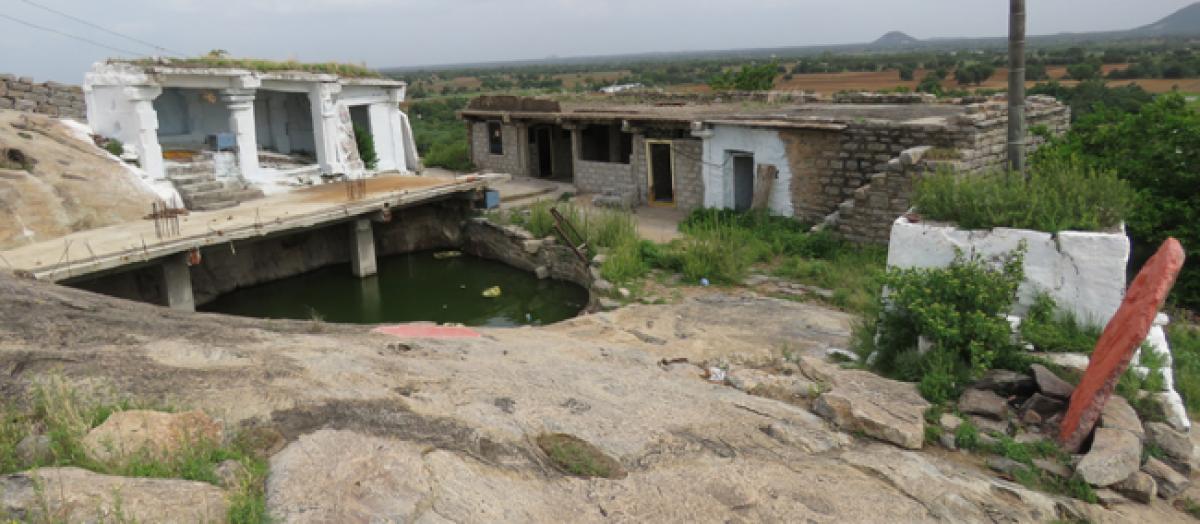Live
- Participation of women in workforce is a constitutional entitlement: SC
- Sabita, Secretary of the District Legal Services Authority, made a surprise visit to the sub-jail
- Superstars Yash, Rakshit Shetty cast their votes, underline importance of polling
- Hyderabad court denies bail to 3 police officers in phone tapping case
- Apollo Hospitals' unit to raise Rs 2,475 crore from PE firm Advent International
- More than 70 per cent voter turnout in Assam till 5 PM
- Repeated and persistent doubts on EVMs can have contrarian impact of creating distrust: SC
- World Veterinary Day 2024: Celebrating Veterinarians as Guardians of Animal Welfare
- Addl DC Assured Measures to procure paddy
- Civil Engineer held in drug trade in Goa, contraband valued at Rs 8.5 lakh seized









